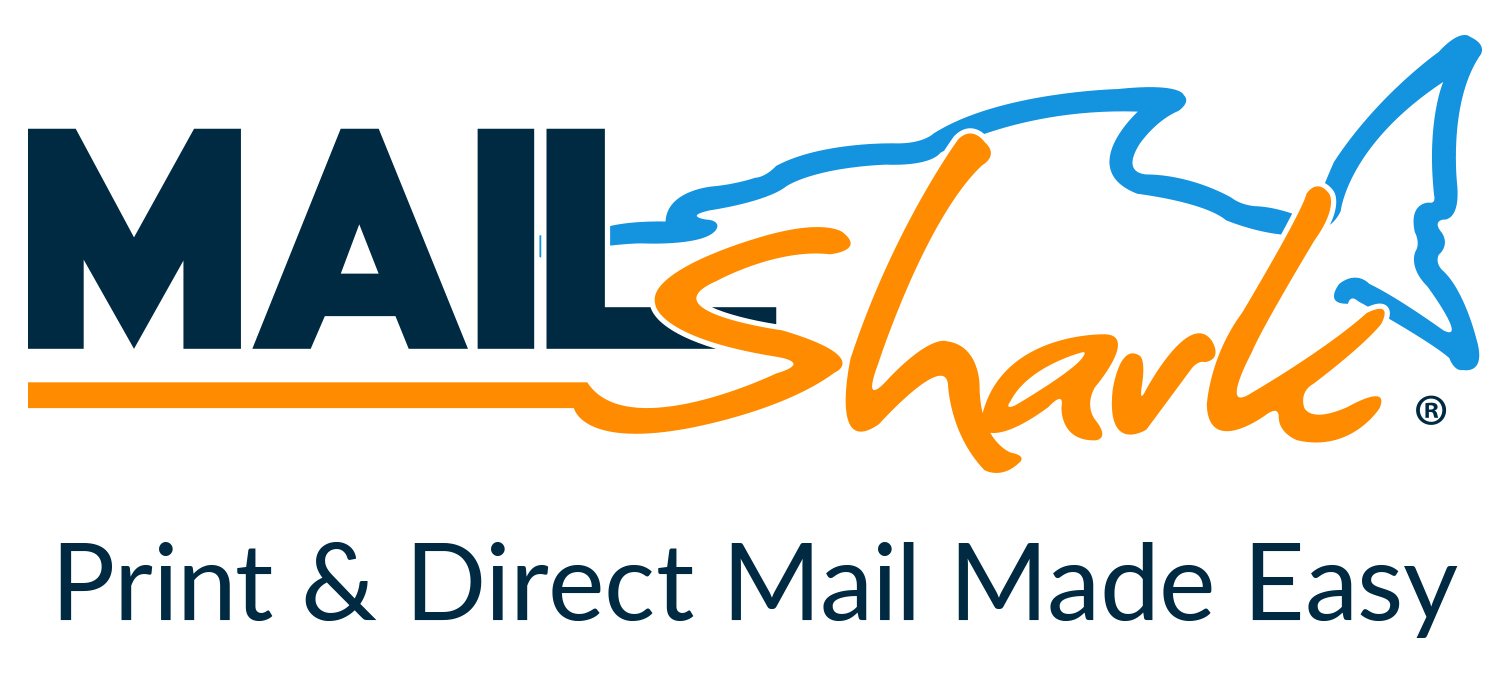Stepping Back into the Future - - - A brief look at the changes in computer systems from the early days to now
-
Have you checked out Joe's Latest Blog?
-
By Joe Marconi in Joe's Blog5 commentsI recently spoke with a friend of mine who owns a large general repair shop in the Midwest. His father founded the business in 1975. He was telling me that although he’s busy, he’s also very frustrated. When I probed him more about his frustrations, he said that it’s hard to find qualified technicians. My friend employs four technicians and is looking to hire two more. I then asked him, “How long does a technician last working for you.” He looked puzzled and replied, “I never really thought about that, but I can tell that except for one tech, most technicians don’t last working for me longer than a few years.”
Judging from personal experience as a shop owner and from what I know about the auto repair industry, I can tell you that other than a few exceptions, the turnover rate for technicians in our industry is too high. This makes me think, do we have a technician shortage or a retention problem? Have we done the best we can over the decades to provide great pay plans, benefits packages, great work environments, and the right culture to ensure that the techs we have stay with us?
Finding and hiring qualified automotive technicians is not a new phenomenon. This problem has been around for as long as I can remember. While we do need to attract people to our industry and provide the necessary training and mentorship, we also need to focus on retention. Having a revolving door and needing to hire techs every few years or so costs your company money. Big money! And that revolving door may be a sign of an even bigger issue: poor leadership, and poor employee management skills.
Here’s one more thing to consider, for the most part, technicians don’t leave one job to start a new career, they leave one shop as a technician to become a technician at another shop. The reasons why they leave can be debated, but there is one fact that we cannot deny, people don’t quit the company they work for, they usually leave because of the boss or manager they work for.
Put yourselves in the shoes of your employees. Do you have a workplace that communicates, “We appreciate you and want you to stay!”
-
-
Similar Topics
-
By carmcapriotto
Not shownotes.
How To Get In Touch
Group - Auto Repair Marketing Mastermind
Website - shopmarketingpros.com
Facebook - facebook.com/shopmarketingpros
Get the Book - shopmarketingpros.com/book
Instagram - @shopmarketingpros
Questions/Ideas - [email protected]
Lagniappe (Books, Links, Other Podcasts, etc)
Click to go to the Podcast on Remarkable Results Radio
-
By carmcapriotto
Thanks to our Partner, NAPA Auto Care Brad Updegraff's transition from a general service technician to a visionary business owner of 6 NAPA Gold Certified locations is a story of dedication and strategic planning. Discover the milestones and the speed bumps he encountered along the way. Brad Updegraff, Dave's Ultimate Automotive, 6 locations, Austin, TX. Show Notes
Learn more about NAPA Auto Care Gold Certified and the benefits of being part of the NAPA family by visiting https://www.napaonline.com/en/auto-care Transition to the automotive field (00:01:55) Brad's transition from managing a pizza delivery company to becoming a general service technician in a small gas station repair shop. Seizing the opportunity (00:05:06) The unexpected opportunity that led Brad to become a partner in 2012 and the risks and steps involved in his journey. Building a successful partnership (00:06:15) The partnership with a former homebuilding executive and the successful merging of their expertise for store growth and development. Learning the business side (00:07:25) Brad's learning curve in understanding the business side, seeking help, and investing in personal and business development. Challenges in growth and expansion (00:10:52) The challenges in advertising, customer base, and geographical analysis that impacted the decision to halt further expansion. Recruitment and training strategies (00:12:29) Brad's recruitment strategies, including internal referrals and partnerships with local vocational schools for technician training. Promoting the industry to youth (00:14:32) The need for industry professionals to promote the technical nature of the automotive industry to young people and engage with vocational schools. Advisory Board Representation (00:17:10) Importance of representation on advisory boards for independent dealers and community colleges. Community Involvement and Giving Back (00:18:13) Support for charitable foundations, including Make-A-Wish and suicide prevention organizations. NAPA Gold Certification (00:21:28) Benefits and significance of achieving NAPA Gold certification for automotive businesses. Engagement in Training (00:23:18) Strategies for encouraging staff to participate in training and the value of owner involvement. Perpetual Learning and Magic Makers (00:27:16) The importance of perpetual learning, the concept of "magic makers," and the impact on the organization. Employee Retention and Team Building (00:29:55) Strategies for retaining employees, team building, and celebrating milestones within the organization. Work-Life Balance and Store Visits (00:32:02) Balancing work and personal life, commitment to family, and the importance of store visits for management. Intuition and Common Sense (00:33:14) The importance of intuition and common sense in business decisions and management. Succession Planning (00:34:12) Discussing internal succession planning and opportunities for employees to grow within the company. Industry Challenges and Opportunities (00:34:53) Cyclical nature of the industry, market correction, and fighting for market share. Market Trends and Customer Conversion (00:36:12) Impact of market trends, potential for customer conversion, and the impact of economic factors. Financing Repair (00:38:00) The increasing use of financing options for vehicle repairs and its impact on the industry. Work-Life Balance and Reflection (00:38:54) The importance of work-life balance and reflecting on career choices and experiences. Overcoming Struggles and Mistakes (00:40:49) The journey to success, overcoming struggles, and learning from mistakes.
Thanks to our Partner, NAPA Auto Care Learn more about NAPA Auto Care and the benefits of being part of the NAPA family by visiting https://www.napaonline.com/en/auto-care Connect with the Podcast: -Follow on Facebook: https://www.facebook.com/RemarkableResultsRadioPodcast/ -Join Our Private Facebook Community: https://www.facebook.com/groups/1734687266778976 -Subscribe on YouTube: https://www.youtube.com/carmcapriotto -Follow on LinkedIn: https://www.linkedin.com/in/carmcapriotto/ -Follow on Instagram: https://www.instagram.com/remarkableresultsradiopodcast/ -Follow on Twitter: https://twitter.com/RResultsBiz -Visit the Website: https://remarkableresults.biz/ -Join our Insider List: https://remarkableresults.biz/insider -All books mentioned on our podcasts: https://remarkableresults.biz/books -Our Classroom page for personal or team learning: https://remarkableresults.biz/classroom -Buy Me a Coffee: https://www.buymeacoffee.com/carm -The Aftermarket Radio Network: https://aftermarketradionetwork.com -Special episode collections: https://remarkableresults.biz/collections
Click to go to the Podcast on Remarkable Results Radio

-
By carmcapriotto
At VISION 2024, Kim taught a class on customer loyalty. It was incredibly well received and we’ve decided to bring a conversation here in podcast form where she touches on a critical piece of business: creating loyal customers. Listen in for tips, strategies, and just real-talk!
Thank you to our friends at RepairPal for providing you this episode. RepairPal will help you grow your auto business and you can learn more at RepairPal.com/shops.
Show Notes with Timestamps
Loyalty: strong feeling of support or allegiance What that means to me. Companies I am loyal to: Bear Mountain Bakery, Holtz Leather, The Basketry, Smallwoods Simon Sinek’s Ted Talk “Start with Why”: Your purpose, Your cause, Your beliefs We are lonelier & more apart than ever before Maslow’s Hierarchy of Needs Our Core Values We have an intense desire to feel a sense of belonging - even more with digital communication. Unreasonable Hospitality by Will Guidara - Episode 89: https://autorepairmarketing.captivate.fm/episode/089 Create Loyalty by: Being thoughtful and intentional with all you do. Understanding the difference between service + hospitality. Service is black and white. Hospitality is full color. Having authentic connection: Southwest Airlines - the heart, Ciro - my Italian driver, 1st Phorm, Eleven Madison Park Restaurant’s hot dog story, Bear Mountain Bakery, The Basketry, Holtz Leather, Smallwoods. Knowing your clients, understanding them, being present, listening, and being considerate and generous (read the book: Gift*ology). Being a trusted resource. VISION’s speaker: Scott Stratten, said, “If you want to worry about the bottom line, you’ve got to focus on the front line.” (To obsess about how your customers feel, you must obsess about how your employees feel. Customer loyalty comes after employee loyalty How are you taking care of your team? Daily Stand-Up (gratitude and top priority) + a checkin/awareness for me.Team Outings. Letters/notes/recognitions. Mentoring. Schedule emails/slack messages/texts Too many companies leave the human behind. We live in a world where we have an opportunity - responsibility - to make magic in a world that is desperate for it. When you make magic you add to the layers of loyalty being created. Make this part of how you do business. A process. A time, place, a procedure/reminder.
How To Get In Touch
Group - Auto Repair Marketing Mastermind
Website - shopmarketingpros.com
Facebook - facebook.com/shopmarketingpros
Get the Book - shopmarketingpros.com/book
Instagram - @shopmarketingpros
Questions/Ideas - [email protected]
Lagniappe (Books, Links, Other Podcasts, etc)
Canva - Mood Boards
Click to go to the Podcast on Remarkable Results Radio
-
-
Our Sponsors





.thumb.jpg.2b345efc275b9df0af2bbb306a10a78a.jpg)









Recommended Posts